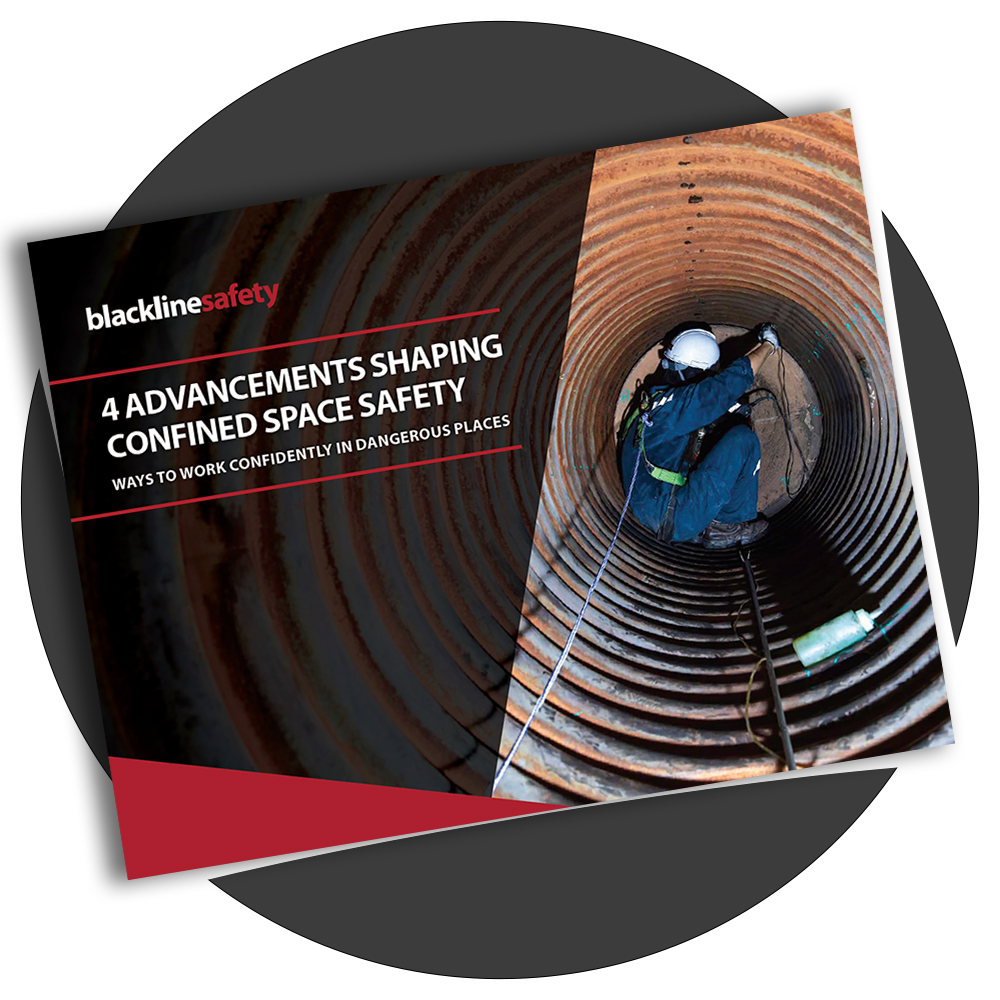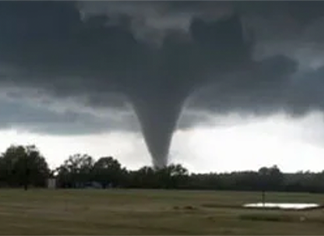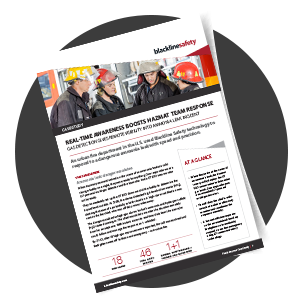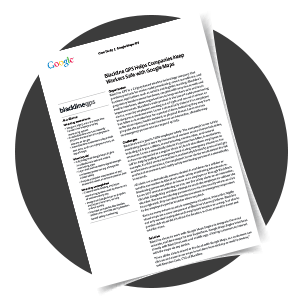Redline Protects Workers in Mobile Units from Carbon Monoxide
Learn how Redline, a firefighting gear cleaning company, uses Blackline’s G6 gas detectors in their mobile units for real-time visibility during gas events, protecting crews from CO exposure.




















































.png)

